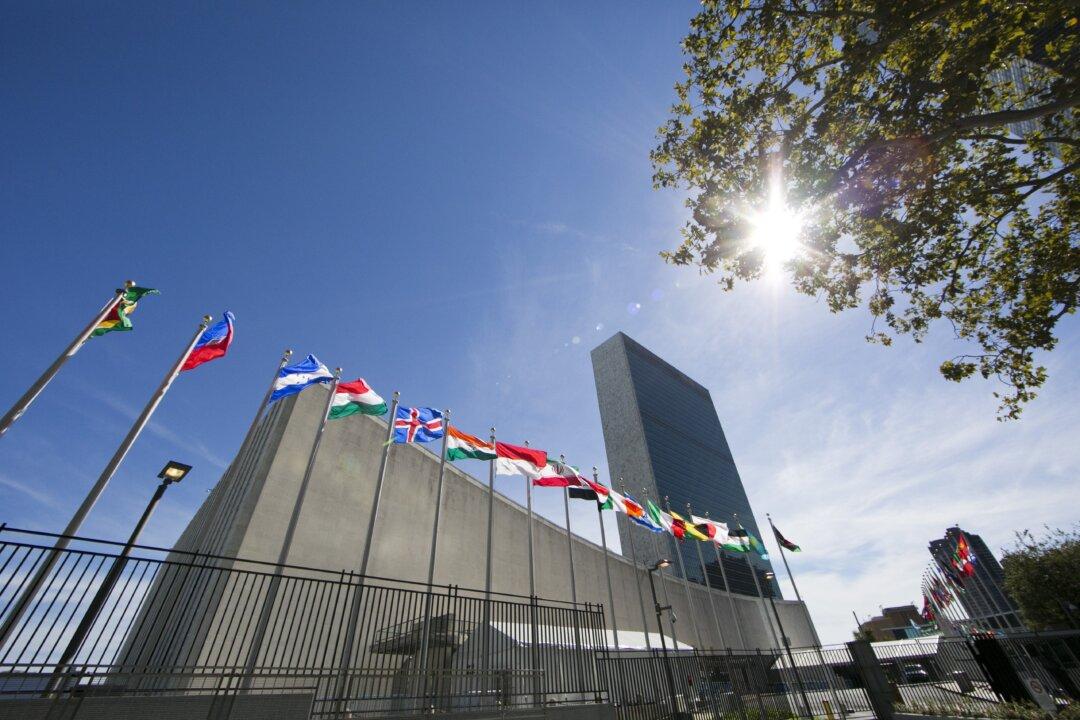The United Nations is now recognizing what it believes to be a child’s right to take legal action against a nation over the perceived damages from climate change.
On Aug. 28, the U.N. Child Rights Committee published guidance in a 20-page document (pdf) titled “Convention on the Rights of the Child”—or General Comment No. 26—which argues that “the climate emergency, the collapse of biodiversity and pervasive pollution” has become a global threat to children, and that their efforts to bring attention to this crisis were the reason for the publication of the document.





